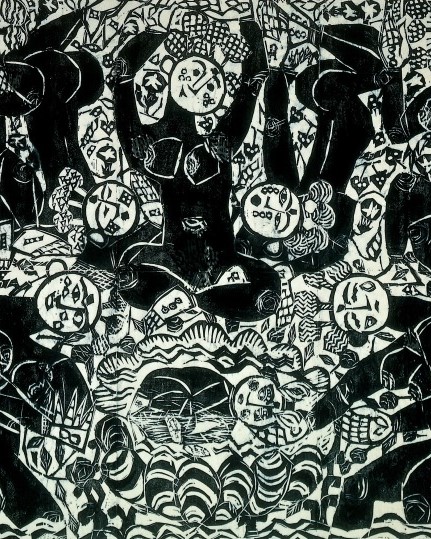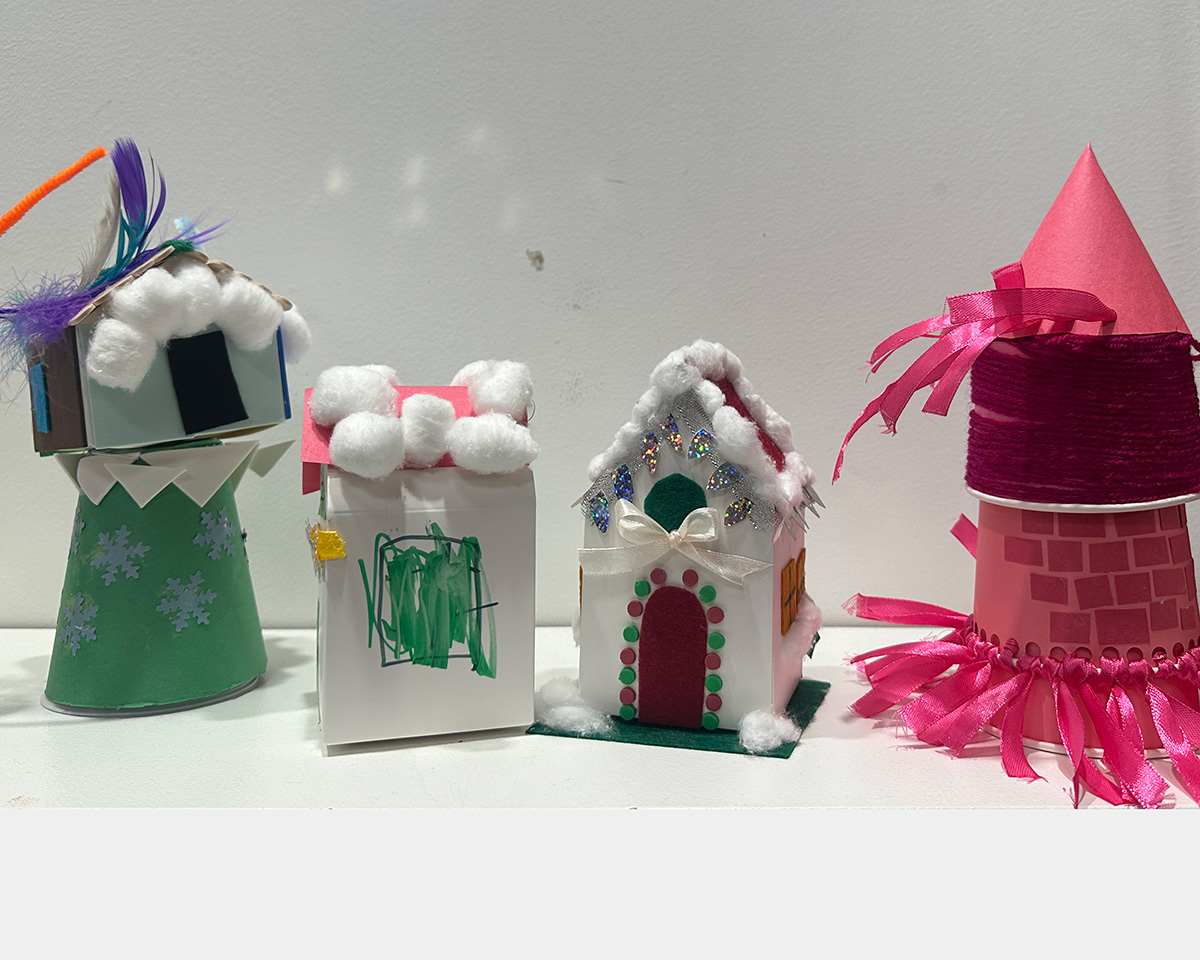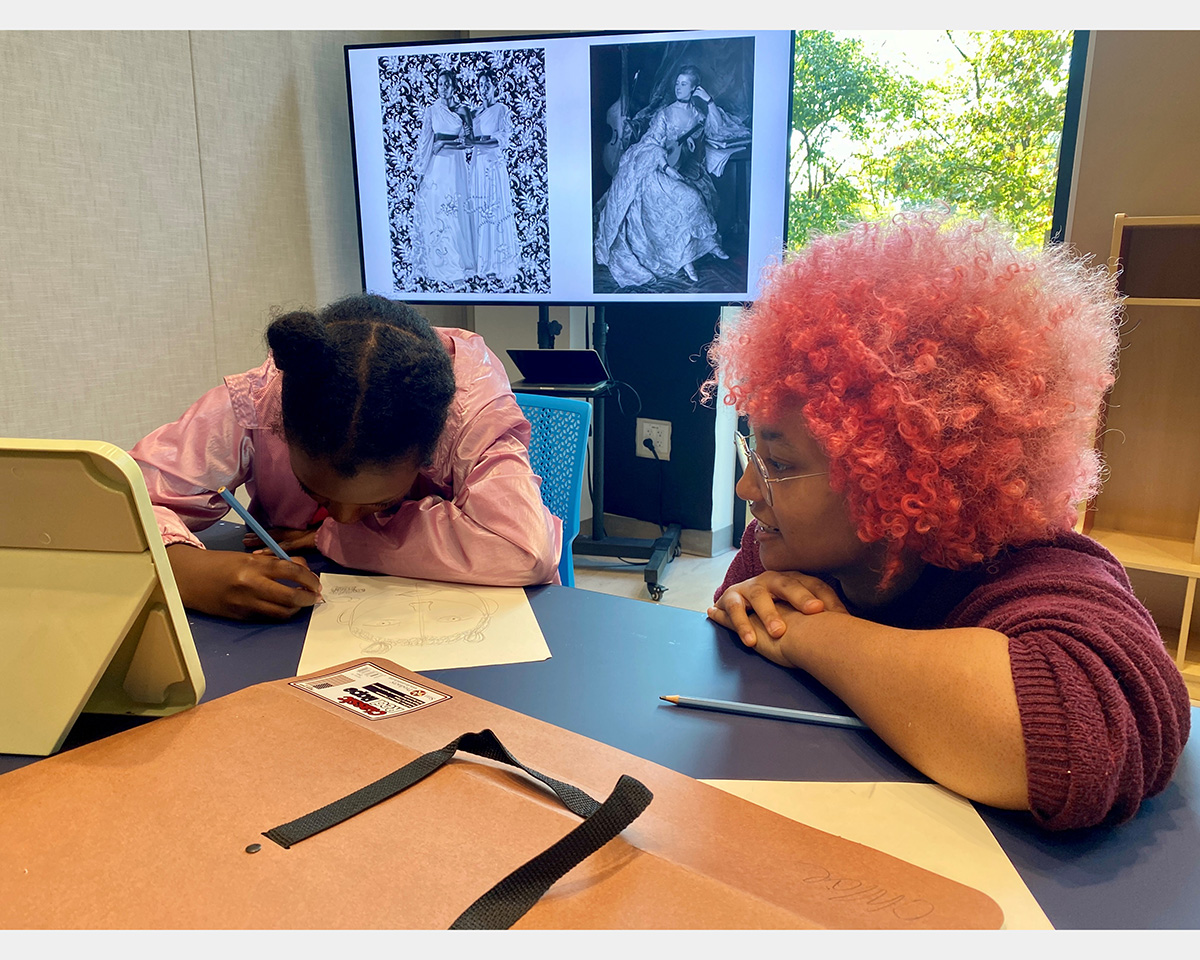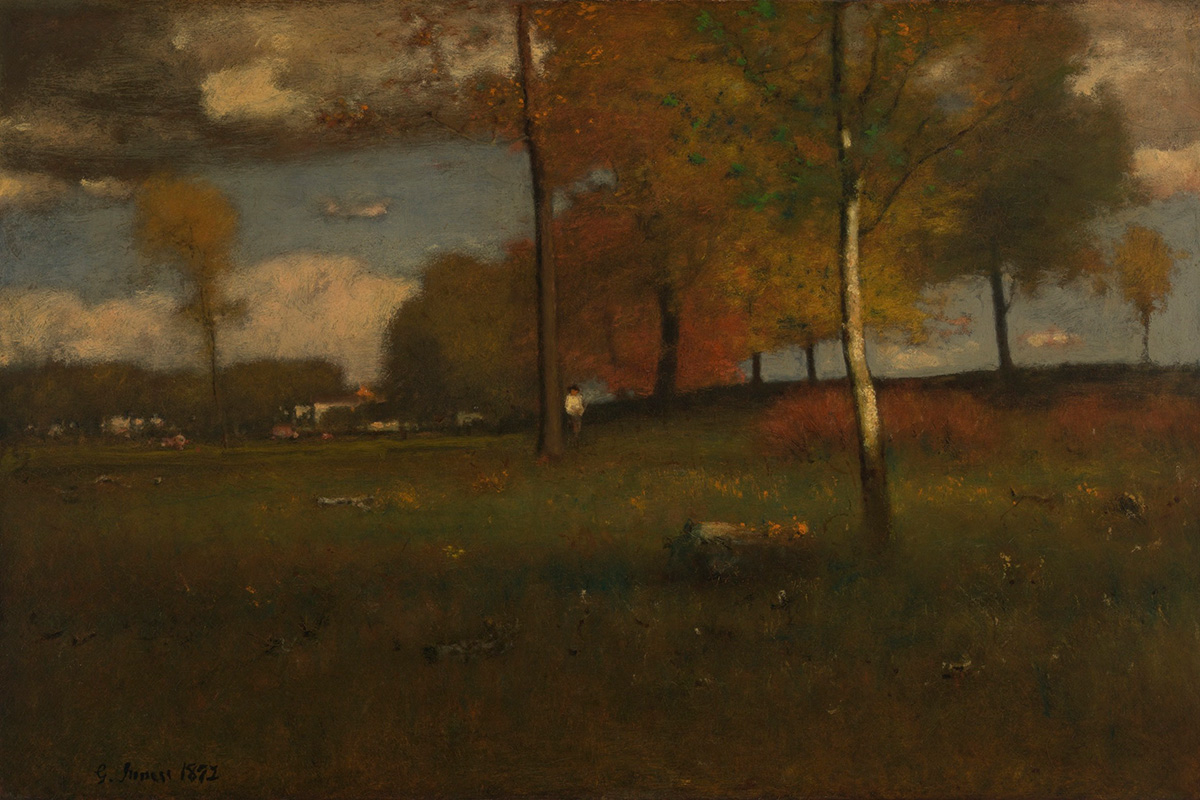- Events & Programs Home
- Calendar
- Accessibility
- Adults
-
Families & Teens
- Families & Teens Home
- 10x10 Teen Art Expo
- Art on the Rise
- Art Together: Art Making for Families with Children Ages 3–5
- Babies Sing with May Festival Minis
- Boy Scouts / Girl Scouts
- CAM Kids Day
- Family Storytime and Gallery Walk
- Family Studio: Art Making for Families with Children Ages 6–12
- Games in the Galleries
- Members-Only Baby Tours
- Public Baby Tours
- REC Reads
- Rosenthal Education Center (REC)
- Saturday Morning Art Class
- See Play Learn Kits
- Summer Camp
- Teen Fest: Zine and Comic Exchange
- Teachers
- Community Outreach
- Fundraisers
- Plan Your Own Event

- Events & Programs Home
- Calendar
- Accessibility
- Adults
-
Families & Teens
- Families & Teens Home
- 10x10 Teen Art Expo
- Art on the Rise
- Art Together: Art Making for Families with Children Ages 3–5
- Babies Sing with May Festival Minis
- Boy Scouts / Girl Scouts
- CAM Kids Day
- Family Storytime and Gallery Walk
- Family Studio: Art Making for Families with Children Ages 6–12
- Games in the Galleries
- Members-Only Baby Tours
- Public Baby Tours
- REC Reads
- Rosenthal Education Center (REC)
- Saturday Morning Art Class
- See Play Learn Kits
- Summer Camp
- Teen Fest: Zine and Comic Exchange
- Teachers
- Community Outreach
- Fundraisers
- Plan Your Own Event
Blog: CAM Uncovered
Blog: CAM Uncovered
- Home
- Plan Your Visit
- Art
-
Events & Programs
- Events & Programs Home
- Calendar
- Accessibility
- Adults
-
Families & Teens
- Families & Teens Home
- 10x10 Teen Art Expo
- Art on the Rise
- Art Together: Art Making for Families with Children Ages 3–5
- Babies Sing with May Festival Minis
- Boy Scouts / Girl Scouts
- CAM Kids Day
- Family Storytime and Gallery Walk
- Family Studio: Art Making for Families with Children Ages 6–12
- Games in the Galleries
- Members-Only Baby Tours
- Public Baby Tours
- REC Reads
- Rosenthal Education Center (REC)
- Saturday Morning Art Class
- See Play Learn Kits
- Summer Camp
- Teen Fest: Zine and Comic Exchange
- Teachers
- Community Outreach
- Fundraisers
- Plan Your Own Event
- Give & Join
- About
- Tickets
- Calendar
- Exhibitions
- Collections
- Blog
- Shop
At Your Doorstep: Making Woodblock Prints
by Maria Groves, School-Based Learning Intern
5/14/2025
woodcut , prints , art making
Woodcutting, the oldest form of relief printmaking, is a beautiful medium that utilizes a block of wood, enabling artists to create engaging—and replicable—artworks. I have always found this medium to be incredibly rewarding. Rich in history, two discernible methods emerged in its development: Eastern woodcutting dating to ninth-century China and Western woodcutting developing in fourteenth-century Germany with the invention of the printing press.
Euphorion (1948–49) by Georg Netzband is an example of a woodcut in the museum’s collection depicting the Greek mythological story of Euphorion (son of Achilles and Helen of Troy) struck down by Zeus for flying too close to heaven. It’s small—5.625 inches by 3.5 inches to be exact—and lacking the grandeur of larger artworks, but it is exemplary of woodcutting because of its mastery of line and contrast. Viewers might consider it simplistic compared to other woodcuts in the collection, but this work provides a great reference for introductory skills and the basics of woodcutting because of the precise forms created with vertical, horizontal, and diagonal cuts.
Another noted woodcut is Childbirth (1959) by Munakata Shikō. Utilizing the same elements of line and contrast, Shiko expertly creates unique patterns and figures surrounding the figure of a child celebrating an infant’s birth. The image relates to depictions of the Budda’s birth and Shikō’s Buddhist roots.
The process of woodcutting can take a long time (and requires a steady hand!) but is worth the result. Pear wood is the most suitable due to its close grain and moderate hardness, allowing for intricate details to be captured with the balance of a substrate that is not too soft, but not too dense to carve.
To begin forming an image, the artist starts by carefully carving the woodblock, using a chisel or gouge, allowing the raised surfaces to form figures and shapes to be revealed in print; uncarved areas will appear as white on the paper. After the artist has carved an image, they evenly roll ink onto the woodblock with a brayer or roller. They then place the block on a printing press with a dampened sheet of paper (to easily absorb the ink) and run the paper through the press. Prints can be made without a printing press by evenly distributing pressure by hand to transfer ink from the woodblock onto the paper sheet.
Want to try printmaking at home? You can create lithographs, linocuts, and more with kits and tutorials ready to guide you. Being one of the oldest forms of relief print making, there are countless resources, from articles to videos, available online. Given the tools, materials, time, and space, it can be accessible to anyone to learn.

Georg Netzband (German, 1900–1984), Euphorion, 1948–49, woodcut, Gift of Mrs. Willy Lange, © 2016 Artists Rights Society (ARS), New York / VG Bild-Kunst, Bonn, 1979.215.14

Munakata Shikō (Japanese, 1903–1975), Childbirth, 1959, woodcut reworked with brush and black sumi ink, The Howard and Caroline Porter Collection, 1983.177
Related Blog Posts



Cincinnati, OH 45202
Toll Free: 1 (877) 472-4226
Museum Hours
Museum Shop
Terrace Café
Library
Cincinnati Art Museum is supported by the tens of thousands of people who give generously to the annual ArtsWave Campaign, the region's primary source for arts funding.

Free general admission to the Cincinnati Art Museum is made possible by a gift from the Rosenthal Family Foundation. Exhibition pricing may vary. Parking at the Cincinnati Art Museum is free.
Generous support for our extended Thursday hours is provided by Art Bridges Foundation’s Access for All program.

General operating support provided by:



